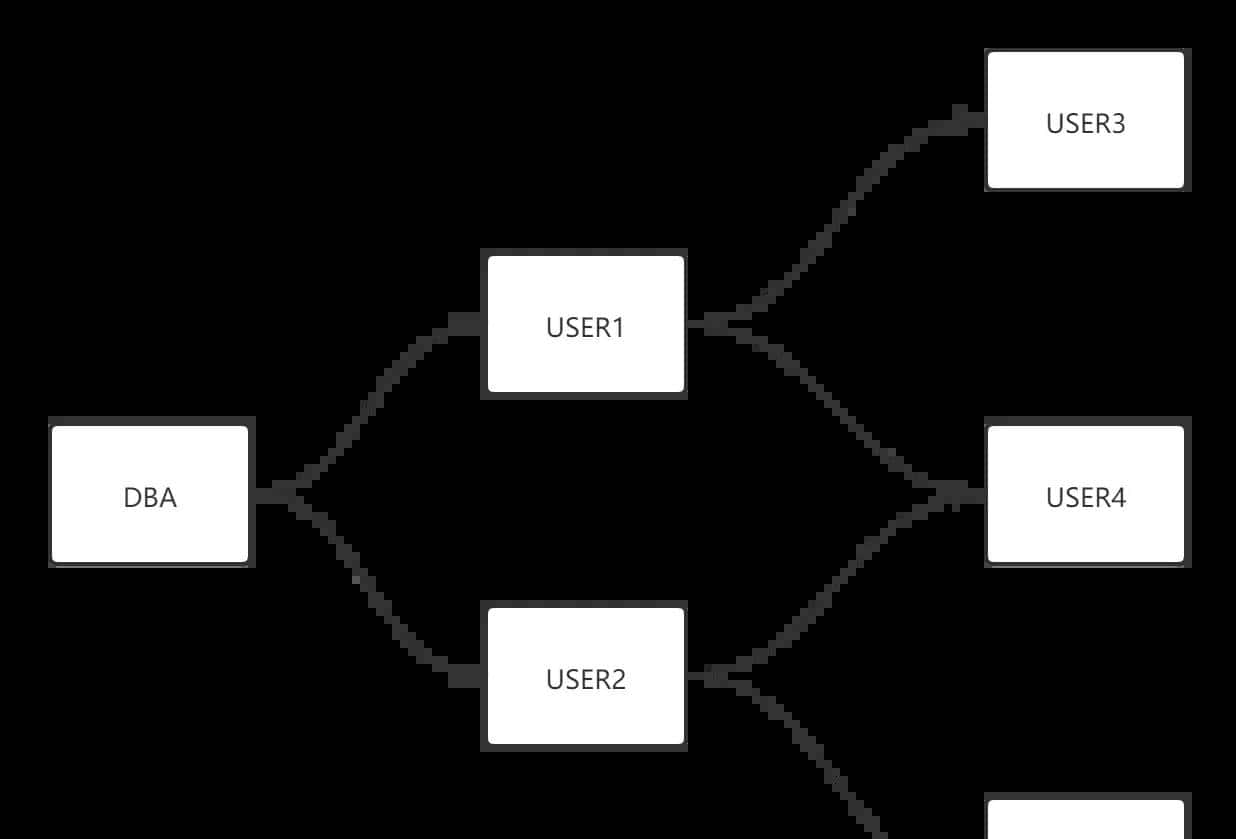35 Pandas实现groupby聚合后不同列数据统计
电影评分数据集(UserID,MovieID,Rating,Timestamp)
聚合后单列-单指标统计:每个MovieID的平均评分
df.groupby(“MovieID”)[“Rating”].mean()
聚合后单列-多指标统计:每个MoiveID的最高评分、最低评分、平均评分
df.groupby(“MovieID”)[“Rating”].agg(mean=“mean”, max=“max”, min=np.min)
df.groupby(“MovieID”).agg({“Rating”:[‘mean’, ‘max’, np.min]})
聚合后多列-多指标统计:每个MoiveID的评分人数,最高评分、最低评分、平均评分
df.groupby(“MovieID”).agg(
rating_mean=(“Rating”, “mean”),
user_count=(“UserID”, lambda x : x.nunique())
df.groupby(“MovieID”).agg(
{“Rating”: [‘mean’, ‘min’, ‘max’],
“UserID”: lambda x :x.nunique()})
df.groupby(“MovieID”).apply(
lambda x: pd.Series(
{“min”: x[“Rating”].min(), “mean”: x[“Rating”].mean()}))
记忆:agg(新列名=函数)、agg(新列名=(原列名,函数))、agg({“原列名”:函数/列表})
agg函数的两种形式,等号代表“把结果赋值给新列”,字典/元组代表“对这个列运用这些函数”
官网文档:https://pandas.pydata.org/pandas-docs/version/0.23.4/generated/pandas.core.groupby.DataFrameGroupBy.agg.html
读取数据
import pandas as pd import numpy as np df = pd.read_csv( "./datas/movielens-1m/ratings.dat", sep="::", engine= python , names="UserID::MovieID::Rating::Timestamp".split("::") ) df.head(3)
.dataframe tbody tr th:only-of-type {
vertical-align: middle;
}
<pre><code>.dataframe tbody tr th {
vertical-align: top;
}
.dataframe thead th {
text-align: right;
}
</code></pre>
| UserID | MovieID | Rating | Timestamp | |
|---|---|---|---|---|
| 0 | 1 | 1193 | 5 | 978300760 |
| 1 | 1 | 661 | 3 | 978302109 |
| 2 | 1 | 914 | 3 | 978301968 |
聚合后单列-单指标统计
# 每个MovieID的平均评分 result = df.groupby("MovieID")["Rating"].mean() result.head() MovieID 1 4.146846 2 3.201141 3 3.016736 4 2.729412 5 3.006757 Name: Rating, dtype: float64 type(result) pandas.core.series.Series
聚合后单列-多指标统计
每个MoiveID的最高评分、最低评分、平均评分
方法1:agg函数传入多个结果列名=函数名形式
result = df.groupby("MovieID")["Rating"].agg( mean="mean", max="max", min=np.min ) result.head()
.dataframe tbody tr th:only-of-type {
vertical-align: middle;
}
<pre><code>.dataframe tbody tr th {
vertical-align: top;
}
.dataframe thead th {
text-align: right;
}
</code></pre>
| mean | max | min | |
|---|---|---|---|
| MovieID | |||
| 1 | 4.146846 | 5 | 1 |
| 2 | 3.201141 | 5 | 1 |
| 3 | 3.016736 | 5 | 1 |
| 4 | 2.729412 | 5 | 1 |
| 5 | 3.006757 | 5 | 1 |
方法2:agg函数传入字典,key是column名,value是函数列表
# 每个MoiveID的最高评分、最低评分、平均评分 result = df.groupby("MovieID").agg( {"Rating":[ mean , max , np.min]} ) result.head()
.dataframe tbody tr th:only-of-type {
vertical-align: middle;
}
<pre><code>.dataframe tbody tr th {
vertical-align: top;
}
.dataframe thead tr th {
text-align: left;
}
.dataframe thead tr:last-of-type th {
text-align: right;
}
</code></pre>
| Rating | |||
|---|---|---|---|
| mean | max | amin | |
| MovieID | |||
| 1 | 4.146846 | 5 | 1 |
| 2 | 3.201141 | 5 | 1 |
| 3 | 3.016736 | 5 | 1 |
| 4 | 2.729412 | 5 | 1 |
| 5 | 3.006757 | 5 | 1 |
result.columns = [ age_mean , age_min , age_max ] result.head()
.dataframe tbody tr th:only-of-type {
vertical-align: middle;
}
<pre><code>.dataframe tbody tr th {
vertical-align: top;
}
.dataframe thead th {
text-align: right;
}
</code></pre>
| age_mean | age_min | age_max | |
|---|---|---|---|
| MovieID | |||
| 1 | 4.146846 | 5 | 1 |
| 2 | 3.201141 | 5 | 1 |
| 3 | 3.016736 | 5 | 1 |
| 4 | 2.729412 | 5 | 1 |
| 5 | 3.006757 | 5 | 1 |
聚合后多列-多指标统计
每个MoiveID的评分人数,最高评分、最低评分、平均评分
方法1:agg函数传入字典,key是原列名,value是原列名和函数元组
# 回忆:agg函数的两种形式,等号代表“把结果赋值给新列”,字典/元组代表“对这个列运用这些函数” result = df.groupby("MovieID").agg( rating_mean=("Rating", "mean"), rating_min=("Rating", "min"), rating_max=("Rating", "max"), user_count=("UserID", lambda x : x.nunique()) ) result.head()
.dataframe tbody tr th:only-of-type {
vertical-align: middle;
}
<pre><code>.dataframe tbody tr th {
vertical-align: top;
}
.dataframe thead th {
text-align: right;
}
</code></pre>
| rating_mean | rating_min | rating_max | user_count | |
|---|---|---|---|---|
| MovieID | ||||
| 1 | 4.146846 | 1 | 5 | 2077 |
| 2 | 3.201141 | 1 | 5 | 701 |
| 3 | 3.016736 | 1 | 5 | 478 |
| 4 | 2.729412 | 1 | 5 | 170 |
| 5 | 3.006757 | 1 | 5 | 296 |
方法2:agg函数传入字典,key是原列名,value是函数列表
统计后是二级索引,需要做索引处理
result = df.groupby("MovieID").agg( { "Rating": [ mean , min , max ], "UserID": lambda x :x.nunique() } ) result.head()
.dataframe tbody tr th:only-of-type {
vertical-align: middle;
}
<pre><code>.dataframe tbody tr th {
vertical-align: top;
}
.dataframe thead tr th {
text-align: left;
}
.dataframe thead tr:last-of-type th {
text-align: right;
}
</code></pre>
| Rating | UserID | |||
|---|---|---|---|---|
| mean | min | max | <lambda> | |
| MovieID | ||||
| 1 | 4.146846 | 1 | 5 | 2077 |
| 2 | 3.201141 | 1 | 5 | 701 |
| 3 | 3.016736 | 1 | 5 | 478 |
| 4 | 2.729412 | 1 | 5 | 170 |
| 5 | 3.006757 | 1 | 5 | 296 |
result["Rating"].head(3)
.dataframe tbody tr th:only-of-type {
vertical-align: middle;
}
<pre><code>.dataframe tbody tr th {
vertical-align: top;
}
.dataframe thead th {
text-align: right;
}
</code></pre>
| mean | min | max | |
|---|---|---|---|
| MovieID | |||
| 1 | 4.146846 | 1 | 5 |
| 2 | 3.201141 | 1 | 5 |
| 3 | 3.016736 | 1 | 5 |
result.columns = ["rating_mean", "rating_min","rating_max","user_count"] result.head()
.dataframe tbody tr th:only-of-type {
vertical-align: middle;
}
<pre><code>.dataframe tbody tr th {
vertical-align: top;
}
.dataframe thead th {
text-align: right;
}
</code></pre>
| rating_mean | rating_min | rating_max | user_count | |
|---|---|---|---|---|
| MovieID | ||||
| 1 | 4.146846 | 1 | 5 | 2077 |
| 2 | 3.201141 | 1 | 5 | 701 |
| 3 | 3.016736 | 1 | 5 | 478 |
| 4 | 2.729412 | 1 | 5 | 170 |
| 5 | 3.006757 | 1 | 5 | 296 |
方法3:使用groupby之后apply对每个子df单独统计
def agg_func(x): """注意,这个x是子DF""" # 这个Series会变成一行,字典KEY是列名 return pd.Series({ "rating_mean": x["Rating"].mean(), "rating_min": x["Rating"].min(), "rating_max": x["Rating"].max(), "user_count": x["UserID"].nunique() }) result = df.groupby("MovieID").apply(agg_func) result.head()
.dataframe tbody tr th:only-of-type {
vertical-align: middle;
}
<pre><code>.dataframe tbody tr th {
vertical-align: top;
}
.dataframe thead th {
text-align: right;
}
</code></pre>
| rating_mean | rating_min | rating_max | user_count | |
|---|---|---|---|---|
| MovieID | ||||
| 1 | 4.146846 | 1.0 | 5.0 | 2077.0 |
| 2 | 3.201141 | 1.0 | 5.0 | 701.0 |
| 3 | 3.016736 | 1.0 | 5.0 | 478.0 |
| 4 | 2.729412 | 1.0 | 5.0 | 170.0 |
| 5 | 3.006757 | 1.0 | 5.0 | 296.0 |
本文使用 文章同步助手 同步
相关文章




